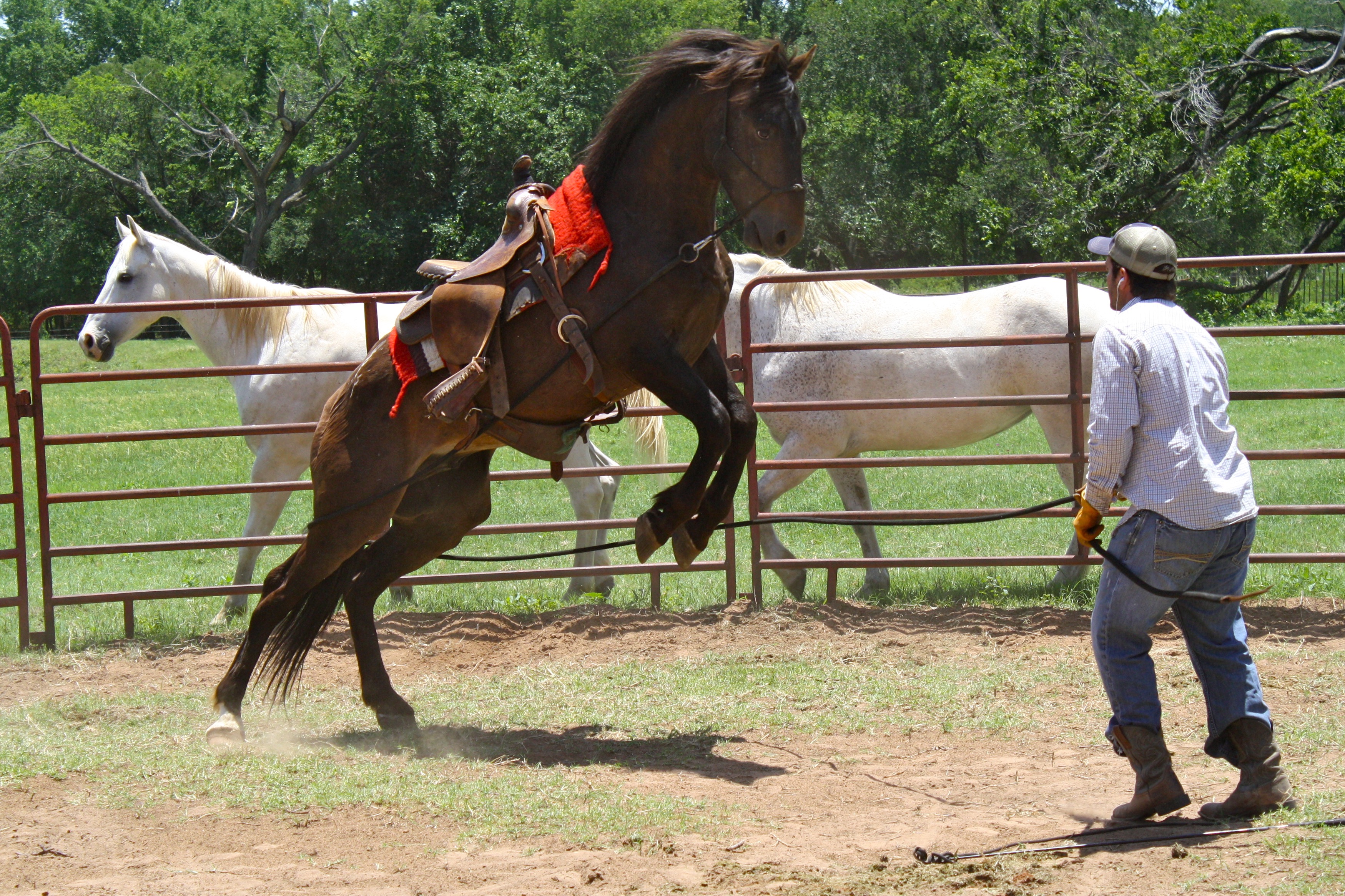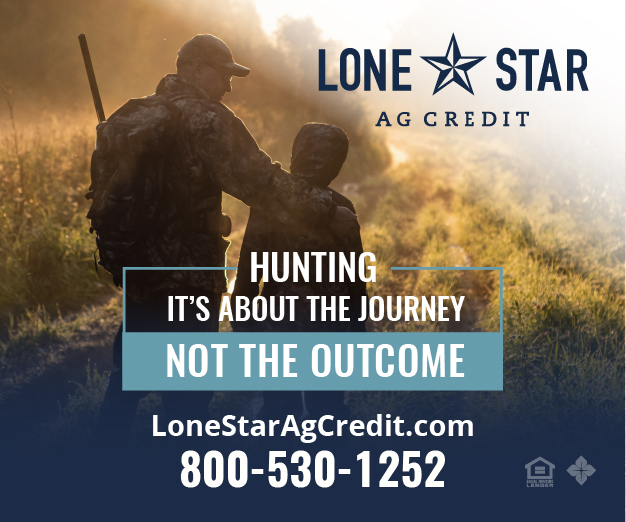HOME
Safety tips for buying your first horse
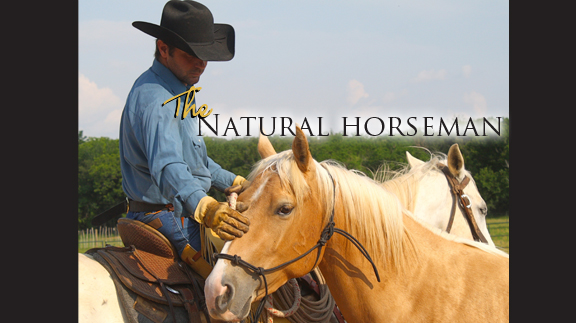
By Steve Stevens
The process of purchasing a horse has come up quite a bit lately.
I have seen some pretty relentless and unsavory things when it comes to selling horses to people.
I do put a lot of responsibility on the buyers too. As sometimes we think we can handle situations we are not fit to deal with.
I want to put some ideas and beliefs out there for when someone is looking for a new horse.
If you are a novice rider with no experience, I do believe the best situation is to take horseback riding lessons for about a year or have your children do that before you ever purchase a horse.
If you end up purchasing a horse before that is able to be done, here are some useful tips:
For first time owners or for people getting back into it after many years, we should only be talking about gentle, well trained horses. Because stallions, prospects, project horses, colts, young horses and high end performance horses should not even be in the discussion.
We should avoid saying things like, “I want a horse to grow with”: that doesn’t work, I promise.
Definitely don’t say, “I want a horse my child can grow with”: That definitely doesn’t work.
If the horse has a lot of ability don’t say, “I will learn to ride to match his/her ability”: that doesn’t work.
If you are a beginner, it is in your best interest to buy an older, well trained horse that has had a lot of healthy miles.
I will also tell you this, you get what you pay for. So, if you buy a younger, less trained, uncared for horse for less- you will pay for it later. Either in training bills, vet bills, or medical bills. That is a guarantee.
So where do you start when looking for a broke horse? Most people get on-line and look at horse sites, craigslist and other social media outlets.
I believe if you are going this route, it should be pretty easy to start eliminating prospects. To me, pictures don’t cut it. If they have a picture of three kids sitting on a horse standing still and say “kid broke,” that is not enough. If a horse is decent at all, there is no way they wouldn’t have video on the horse. If you had a great horse to sell, wouldn’t you show a video?
If a horse is totally broke they should have video or the owners should be willing to show you a video, which is not a big deal in this modern day of smart phones. If they have excuses for that, I would move on.
In the video – I want to make sure that the horse can walk, trot and canter quietly, go somewhere under control.
Here again- if they have a video of a horse just walking over bridges and tarps on trails, I would need to see them travel at all three gaits quiet and relaxed as well.
I would always want a pre-purchase exam/vet check before I buy. A lot of people don’t want to spend the money, but trust me, it will be pennies on the dollar of what you will spend down the road. It also will scare away some of the more unsavory horse people. If they have excuses, walk away.
You should always have the owners, trainer of the horse ride them for you first. If they won’t, they should find someone that can if the horse is so broke. This is another way to feel out the process and once again I want to see them rode at all three gaits and at least in an arena, not just a round pen.
I say by all three gaits because there are a lot of horses that can be kept under control at the walk and the trot and can fall apart at the lope/canter. We have known so many people that when they have gotten home with their new horse, they loped off and got bucked off. And after further investigation, we find out that they never saw the horse being rode at the canter.
I would also go see the horse two or three times. If the owner pushes you by saying other people are interested, don’t worry, there will be another one around the corner.
If the owner has rode the horse and looks safe, then you should ride the horse too or have someone who you know personally ride the horse. There are a lot of horses out there that a professional can make look dang good and a beginner won’t have a clue how to ride them.
This one could get me in trouble, but I would show up about a half an hour early just to make sure the horse hasn’t been drugged or been worked for an hour and a half before you get there.
I know this sounds like a lot but if you saw and heard of all the wrecks, damage and injuries so many of our clients and people we know have had with their horse, you would understand. Not to mention the money spent.
So, the next time you are in the market or somebody you know is in the market looking for a horse, hopefully this advice will help you down the trail.
Attractions
The Deadliest Prairie in Texas
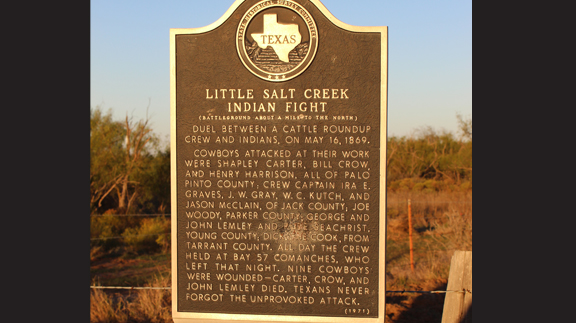
By Shannon Gillette
The Salt Creek Prairie with its rolling natural grasses and rampant wildflowers was a deceptive backdrop to the most dangerous prairie in Texas. Located in the northern section of Young County, the prairie absorbed an abundant amount of blood, shed from the battles between the encroaching white man and the Indians desperately trying to hold on to their home lands.
The Salt Creek Prairie was the location of several encounters between the Kiowa, Comanche and the area ranchers. The Indian Raid of Elm Creek on Oct. 13, 1867, resulted in the death of seven ranchers, five former Confederate Soldiers, the kidnapping of six women and children and the theft of 10,000 head of cattle. On May 18, 1871, the prairie witnessed another massacre when the Warren Wagon Train was hit by Kiowa under the command of Satanta, Satank and Big Tree. Seven members of the wagon train were murdered and forty-one mules stolen. But perhaps one of the bloodiest encounters was the Salt Creek fight on May 16, 1869.
Eleven cowboys under the watchful eye of their foreman, Captain Ira Graves were in the process of rounding up about five hundred head of their cattle about five miles southeast of present day Olney, Texas. The ranch hands were William Crow, John and George Lemley, C. L. Carter, Jason McClain, W. C. Kutch, J. W. Gray, Henry Harrison, Rube Secris, Joe Woody and a former slave known as Dick. They had noticed signs of recent Indian activity and were vigilant as they gathered the herd together. Each was armed with cap and ball six shooters. They had pointed the cattle towards the ranch and had made about four miles headway when they noticed a few more head grazing in the distance. Graves sent Carter and Kutch to gather them up. They had advanced about two miles when they spotted a large band of Indians approaching fast. Carter and Kutch could have taken cover in the sparse timber, but realized they would be leaving their companions in serious danger. The two groups met in the middle and tried to take cover in a small ravine that drained into the Salt Creek. The shallow-make shift fox hole offered very little protection.
The Indians attacked again and again. Arrows rained down on the cowboys in a continuous stream of painful blows. They attacked and retreated and attacked and retreated, but each time were met with volleys of gunfire from the small group of ranch hands. Each time the Indians retreated, they conferenced with their leader, who had stationed himself on a small hill away from the battle. After six hours of the constant onslaught, Graves developed a plan. When the Indians retreated, he ordered his men to stand and wave as wildly as they possibly could. The band of Indians, numbering over fifty strong, retreated for a final time, leaving the small band of cowboys alone.
As the dust settled the ranch hands evaluated their losses. In Kutch’s personal account given several years later, he described the aftermath: “Wm. Crow had been dead for several hours, and C. L. Carter had a severe arrow wound in his body, and had been also painfully injured with a rifle ball. John Lemley was mortally wounded in the abdomen with an arrow; J. W. Gray had been twice struck with rifle balls, once in the body and one in the leg; W. C. Kutch had two arrow heads in his knee and one in his shoulder; Jason McClain had been twice wounded with arrows; Rube Secris had his mouth badly torn, and his knee shattered; Geo Lemley had his face badly torn, and an arrow wound in his arm; and Ira Graves and Dick were also wounded.” Harrison was sent to Harmison Ranch for help.
The exhausted and wounded cowboys braved a very long and frightful night. With great relief, the morning hours brought the welcome sight of an incoming wagon. The rescuers patched the wounded as well as they could and sent word that doctors were needed desperately. The doctors did not arrive until a full twenty-four hours later. Carter passed away the next day from the injuries received during the battle. Two years later, McClain died while on another cattle drive. The cause of his death was blamed on the substantial injuries incurred on that fateful day in 1869.
While today the prairie grasses still wave and the wildflowers bloom in gorgeous arrays of colors nestled between cactus and mesquite, the blood shed is a distant memory. On crisp spring mornings it is easy to picture the deadly predicament that the cowboys faced.
This article originally appeared in the January 2016 issue of NTFR.
HOME
Preparing Spring Gardens

By Hannah Claxton | Editor
The North Texas area is located within USDA Hardiness zones seven and eight. The zones are categorized by predicted low temperatures for winter and timing of the first and last frosts.
Zone seven usually has winter low temps between 0 and 10 degrees F with the average date of the first frost falling between Oct. 29 and Nov. 15 and the average date of the last frost falling between March 22 and April 3.
Overall, these two zones have similar climates and growing conditions, making the options for timing and variety within a garden very similar.
In these zones, cool-season crops should go in the ground in March, meaning that soil preparation should start now.
To read more, pick up a copy of the January edition of North Texas Farm & Ranch magazine, available digitally and in print. To subscribe by mail, call 940-872-5922.

HOME
Equine Vaccinations
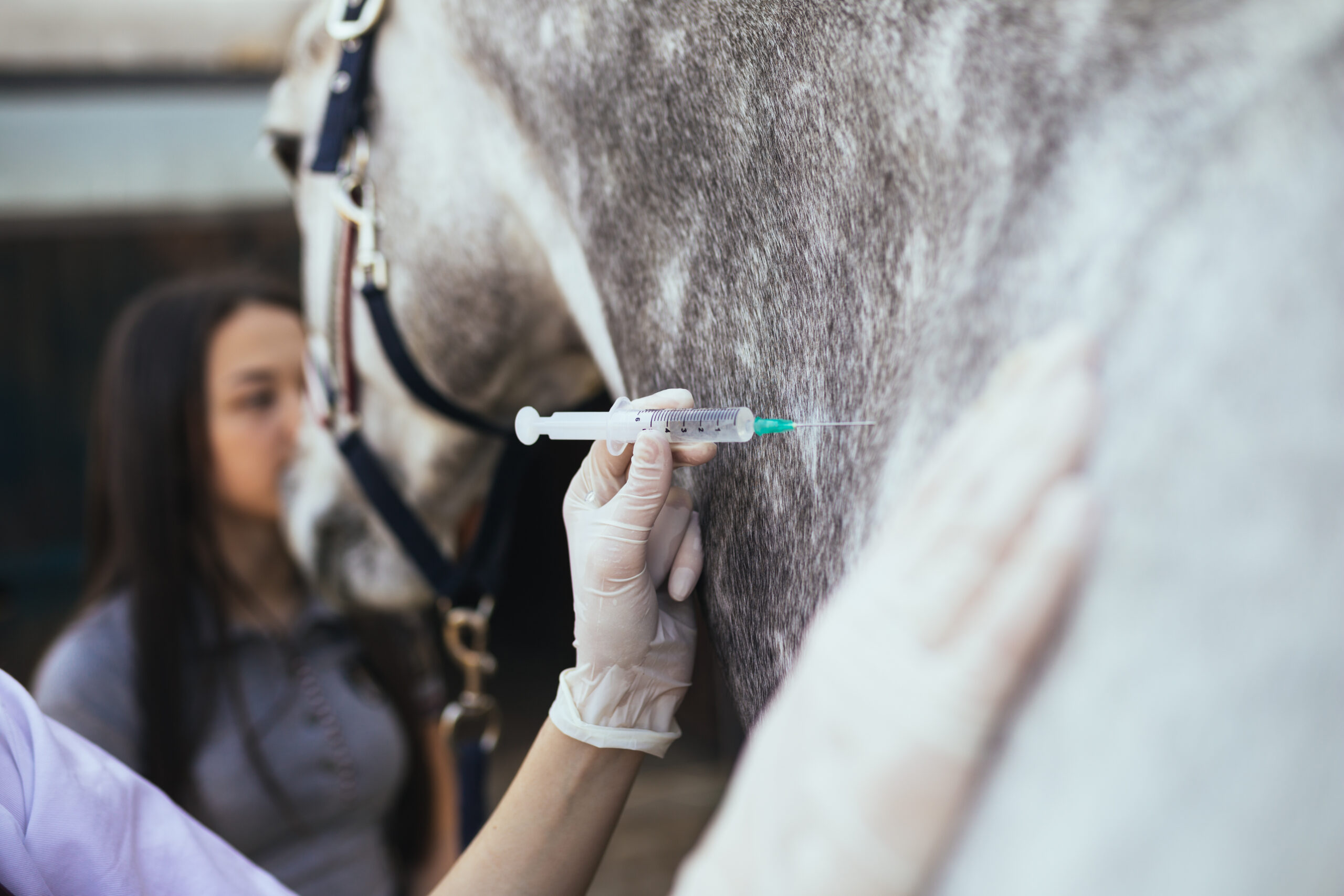
By Heather Lloyd
Vaccinations are a critical component of maintaining the health and well-being of horses, especially in environments where they are exposed to other animals, such as in the sport, show and performance arenas. Horses, like all animals, are susceptible to various infectious diseases that can spread quickly and cause serious harm.
A routine vaccination schedule helps prevent the spread of these diseases by preparing the horse’s immune system.
To read more, pick up a copy of the November edition of North Texas Farm & Ranch magazine, available digitally and in print. To subscribe by mail, call 940-872-5922.
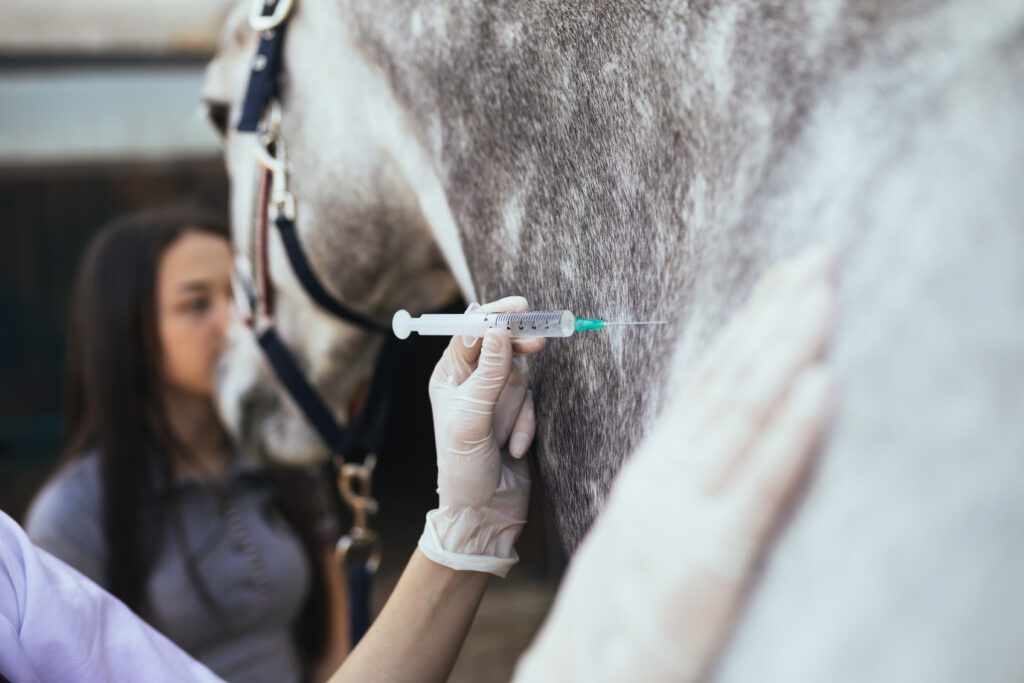
-
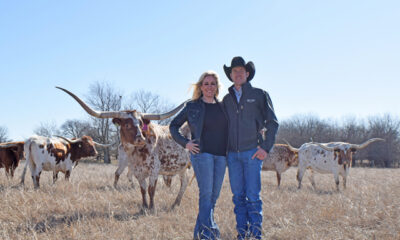
 Country Lifestyles2 years ago
Country Lifestyles2 years agoScott & Stacey Schumacher: A Growth Mindset
-
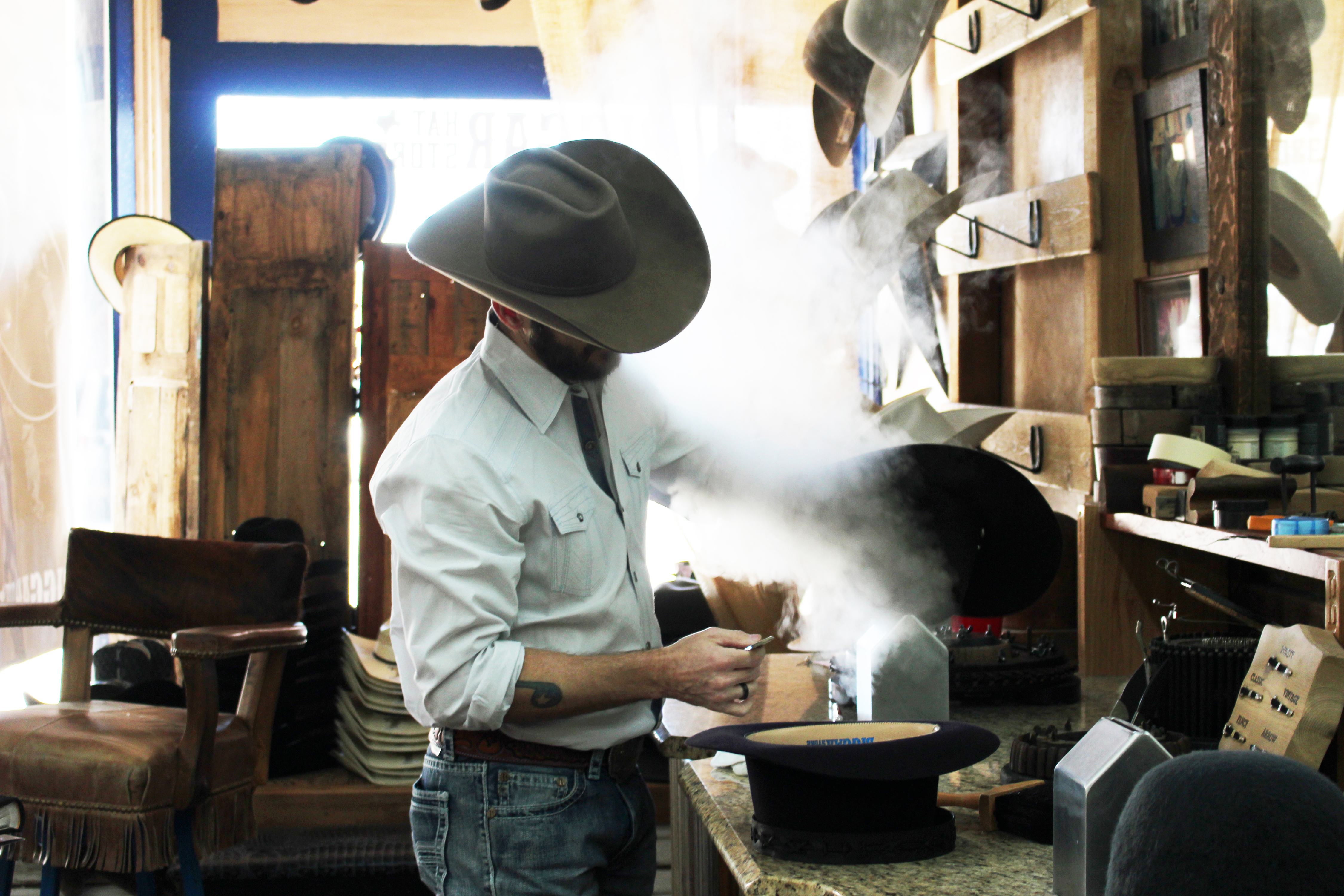
 Country Lifestyles8 years ago
Country Lifestyles8 years agoStyle Your Profile – What your style cowboy hat says about you and new trends in 2017
-
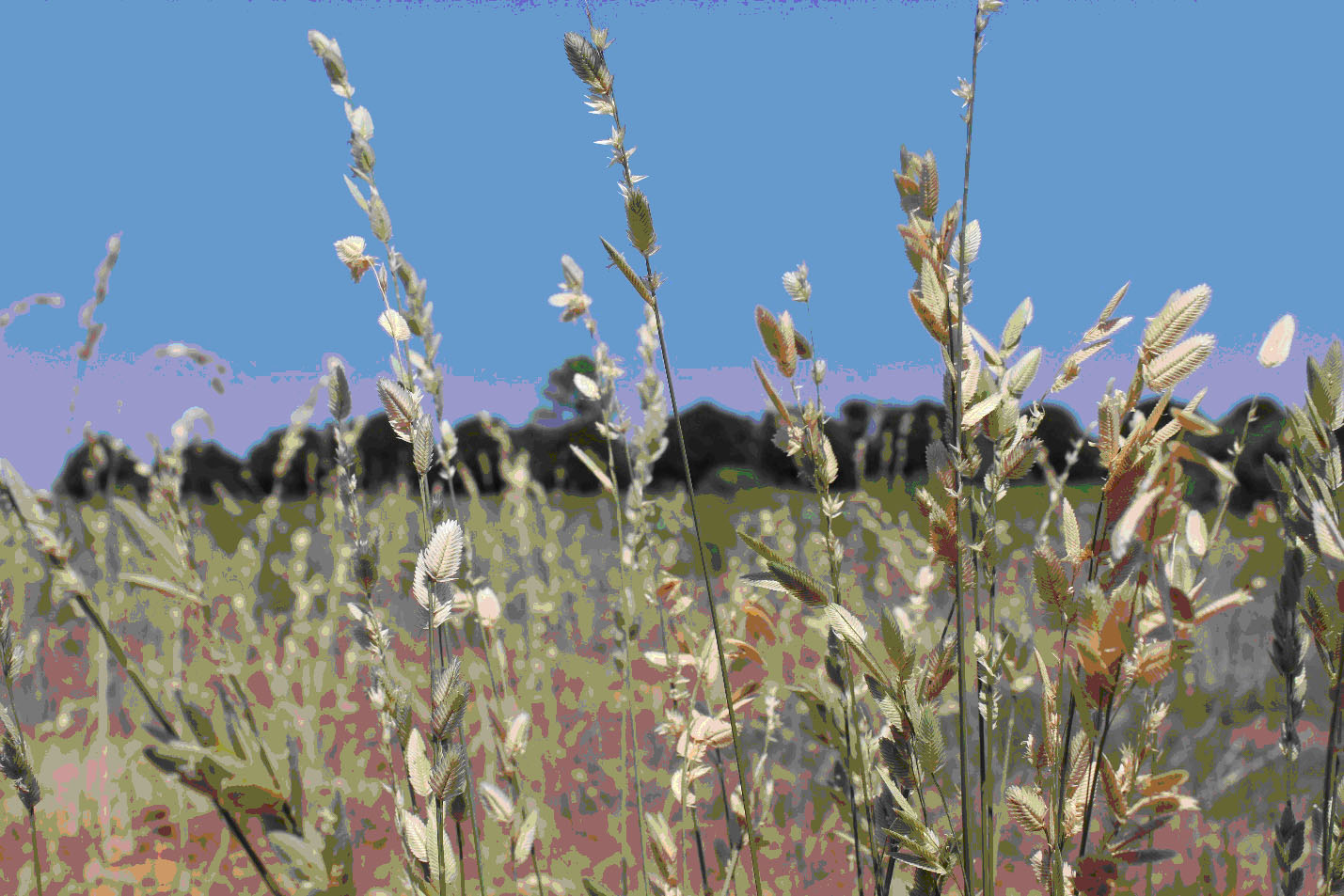
 HOME8 years ago
HOME8 years agoGrazing North Texas – Wilman Lovegrass
-
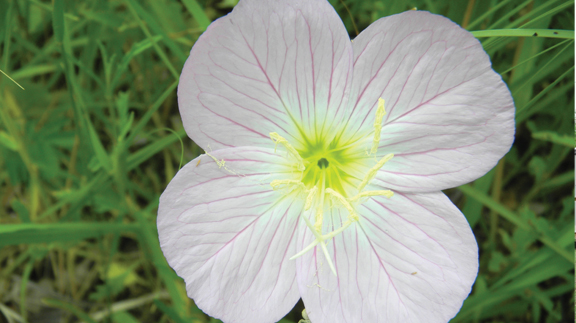
 Outdoor10 years ago
Outdoor10 years agoButtercup or Primrose?
-
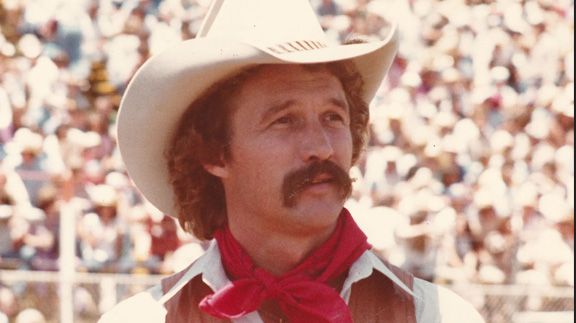
 Country Lifestyles9 years ago
Country Lifestyles9 years agoJune 2016 Profile – The man behind the mic: Bob Tallman
-
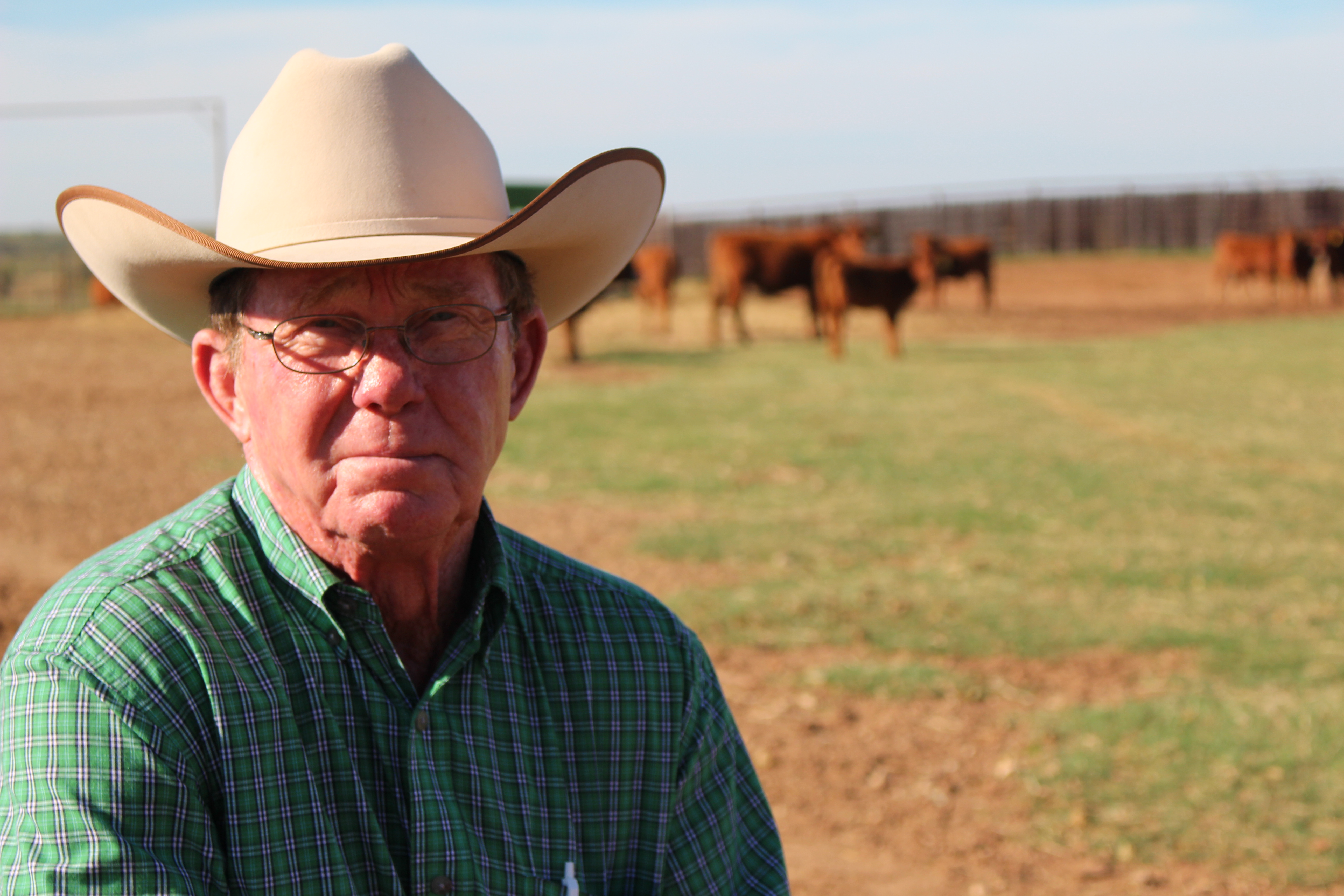
 Country Lifestyles8 years ago
Country Lifestyles8 years agoDecember 2016 Profile, Rusty Riddle – The Riddle Way
-
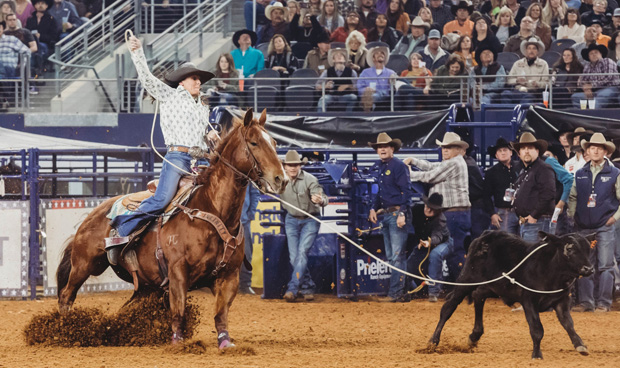
 Country Lifestyles5 years ago
Country Lifestyles5 years agoAmber Crawford, Breakaway Roper
-

 Horsefeathers11 years ago
Horsefeathers11 years agoMount Scott: Country Humor with David Gregory
